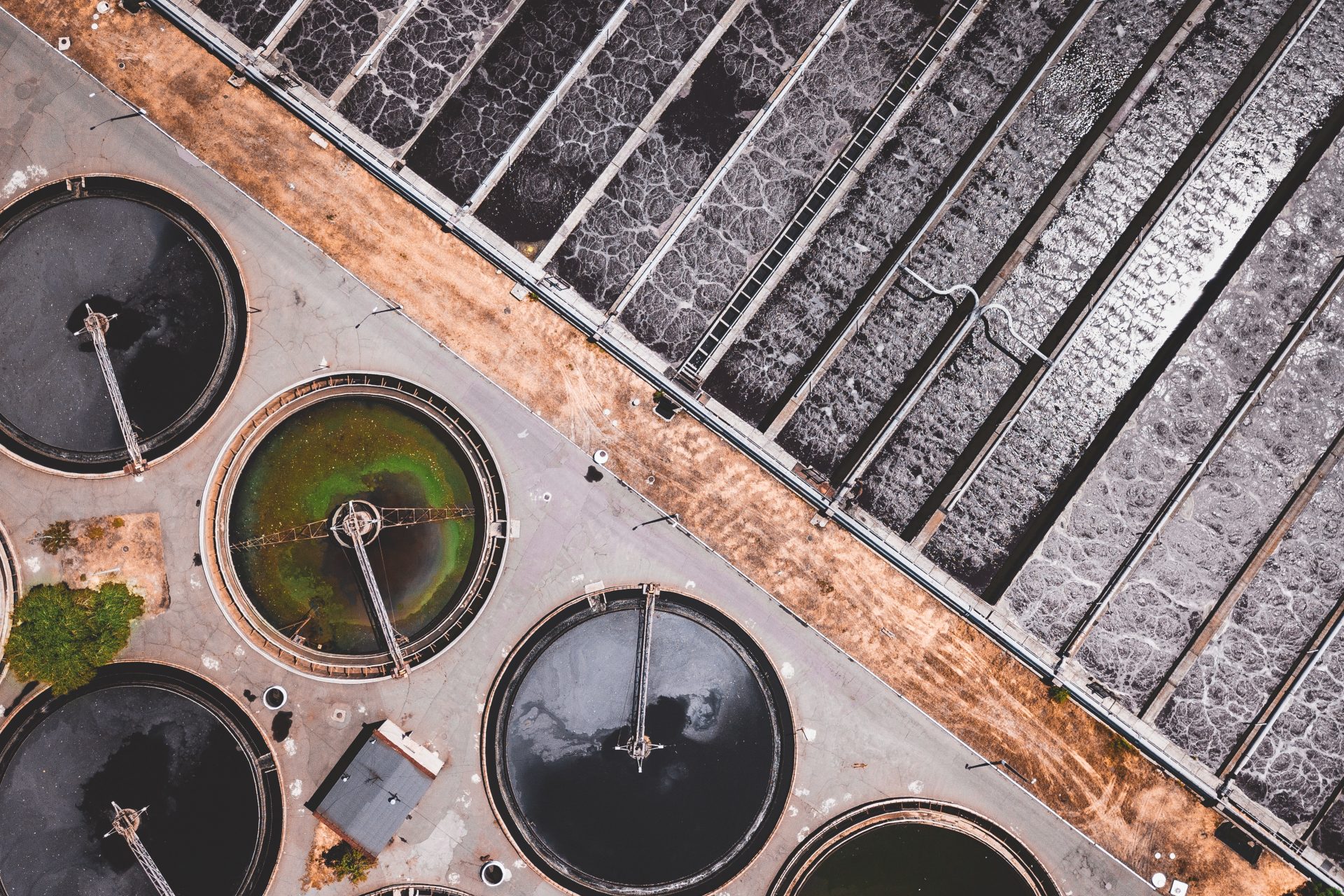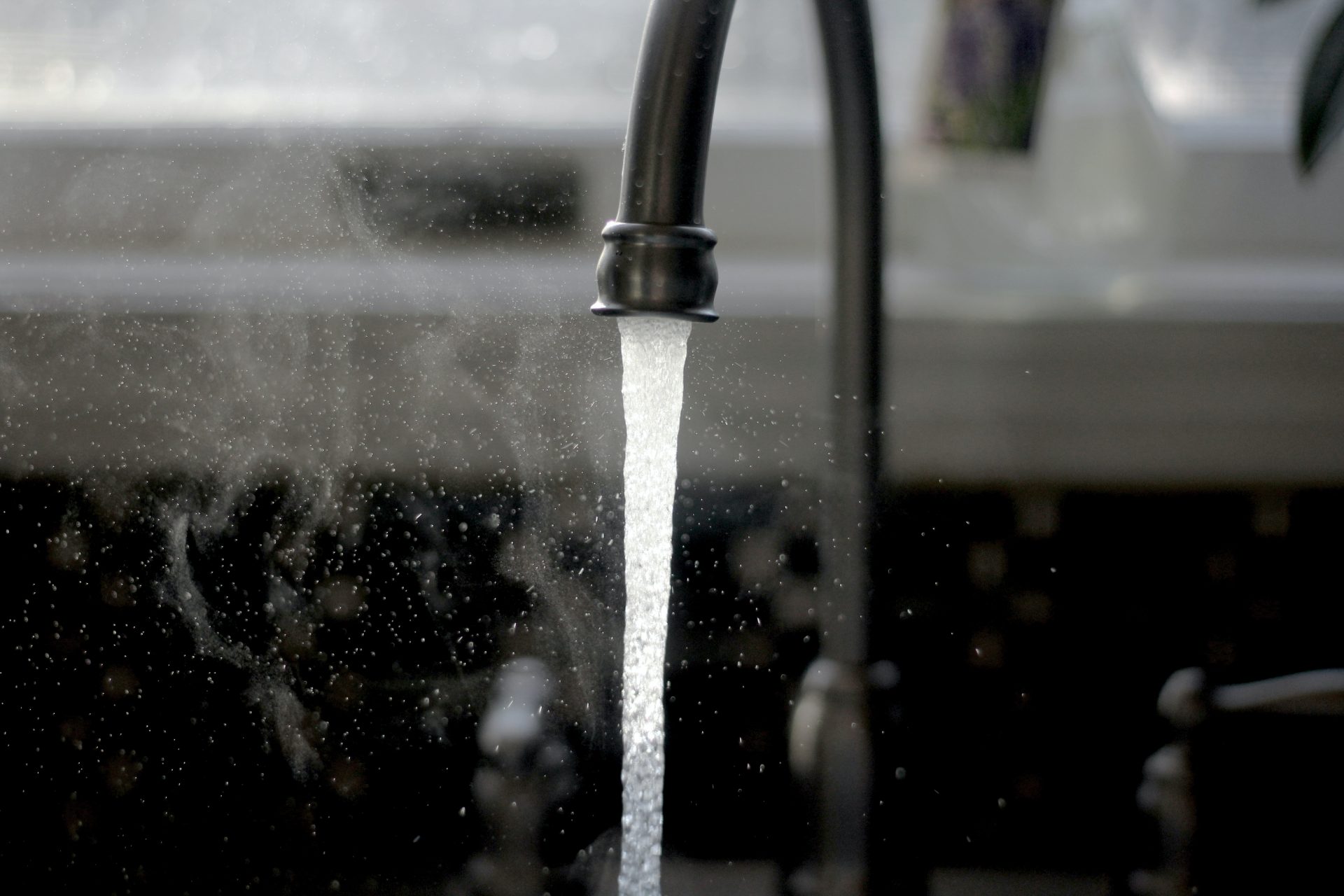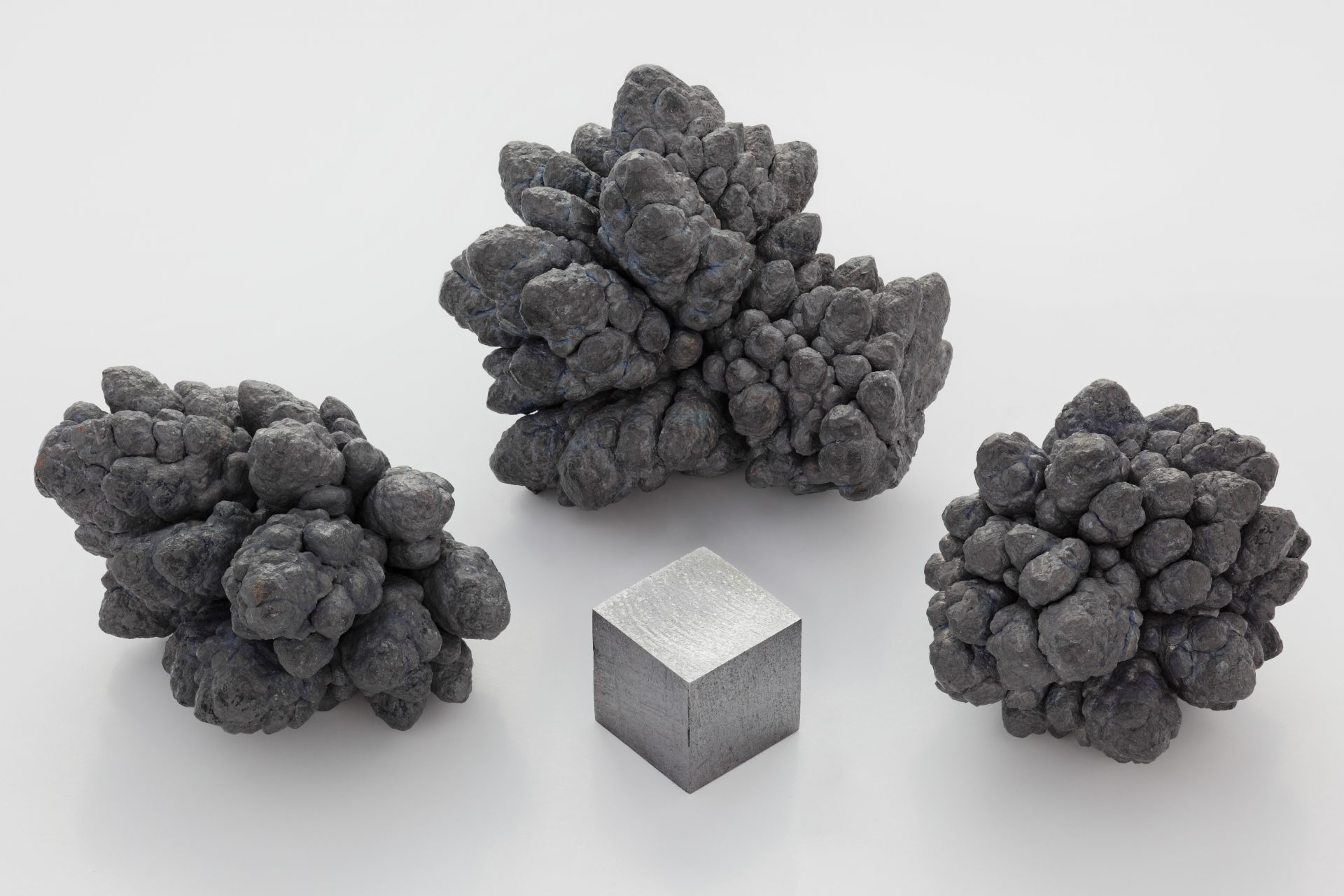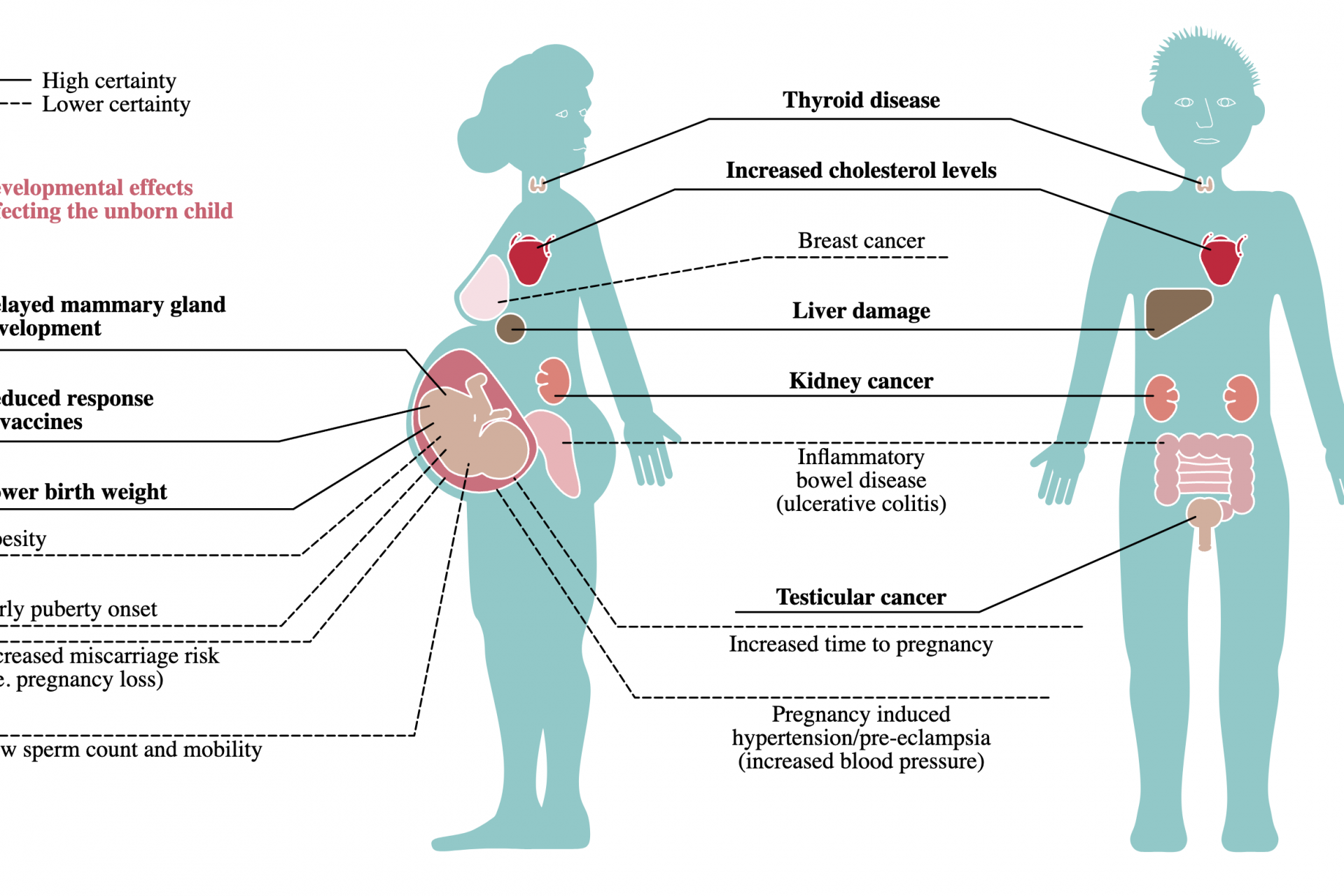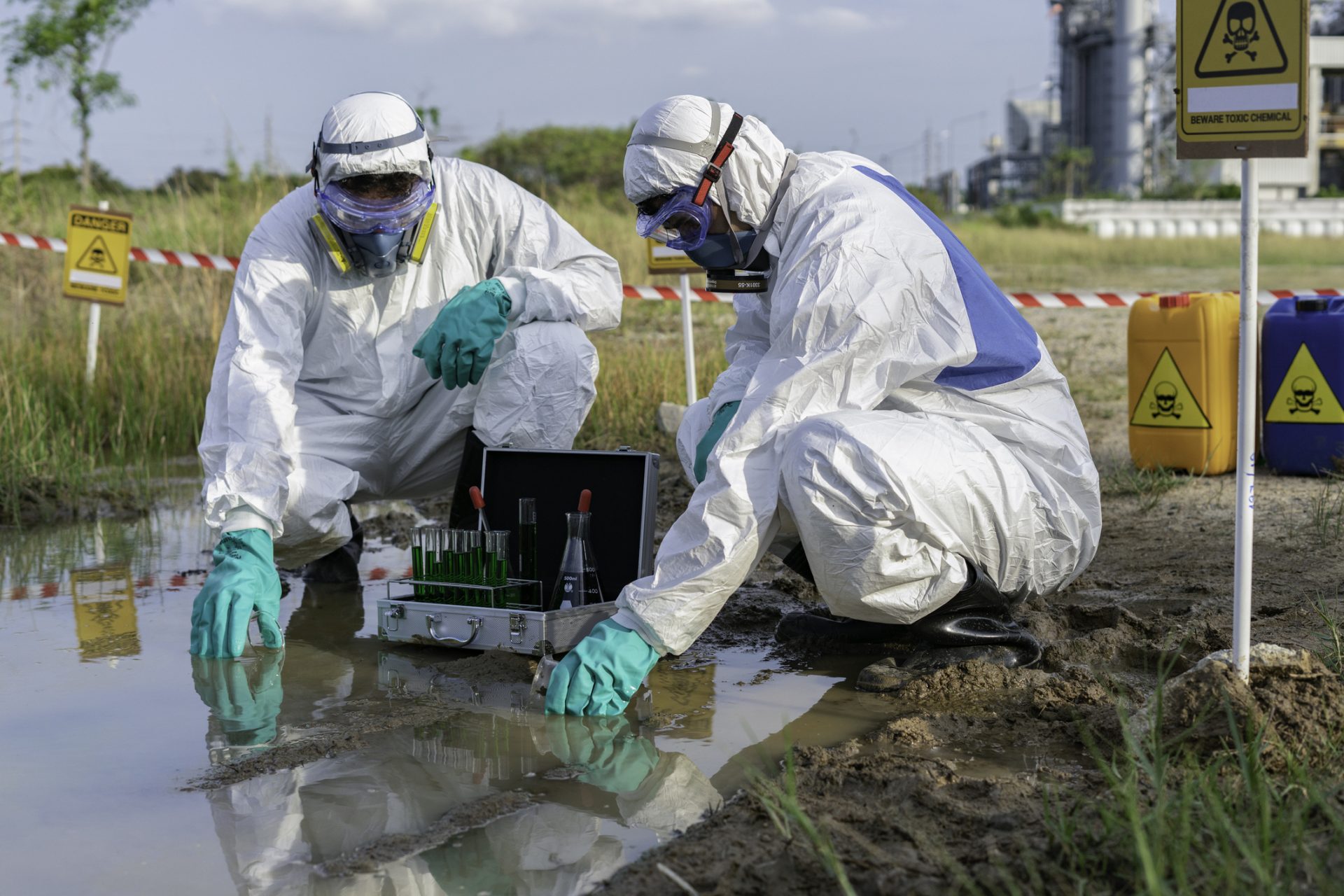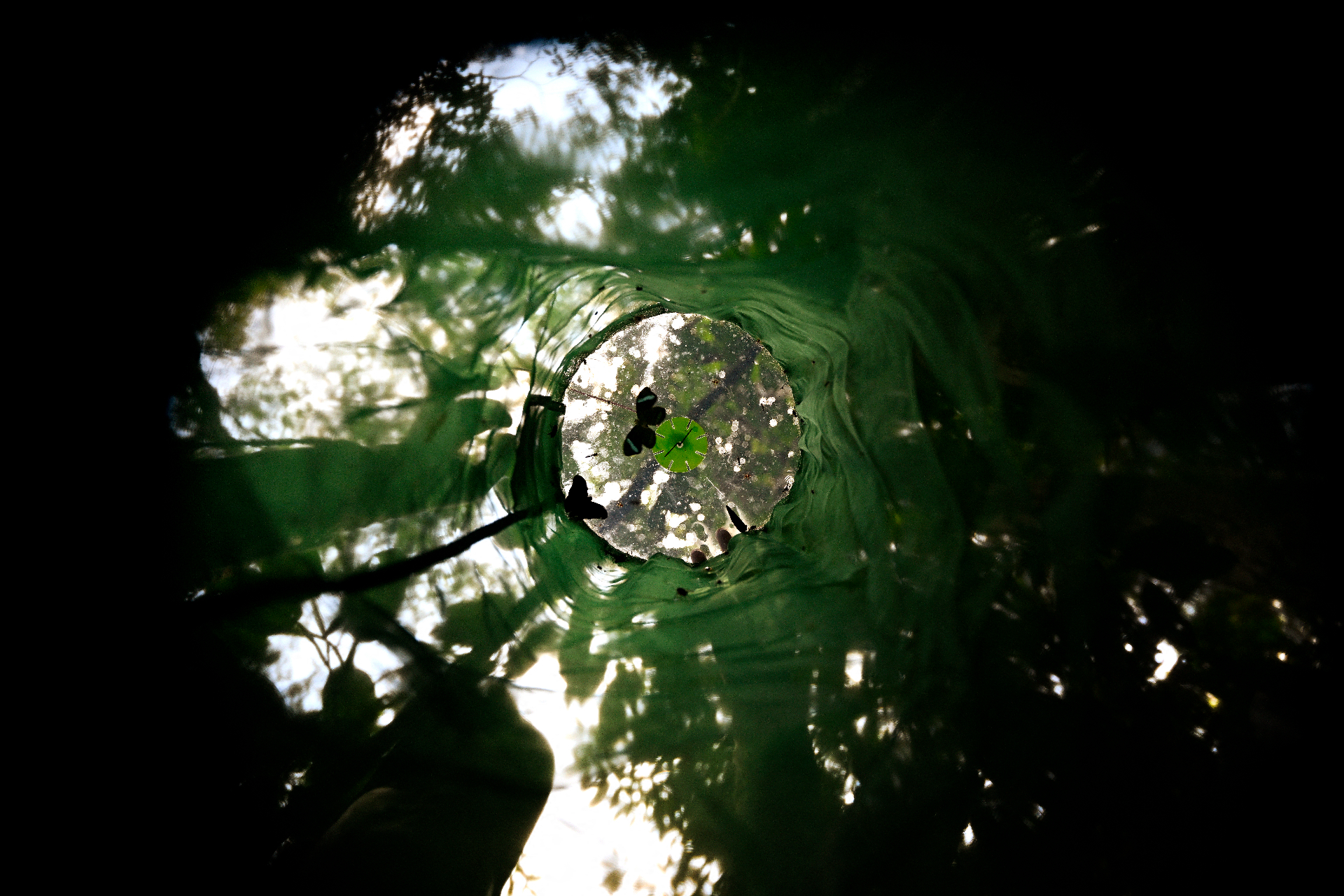American drinking water is full of toxic contaminants
Most Americans drink water directly from their taps without thinking twice about the quality of the liquid in their cups. But it turns out some individuals should be worried about what they’re swallowing according to a new study.
Scientists from the University of New Mexico are warning that community water systems and water wells across the country contain unsafe levels of toxic contaminants. This has exposed large swaths of Americans to health risks like cancer.
Photo by Stephen Andrews on Unsplash
The study was published in the Journal of Exposure Science and Environmental Epidemiology and it also discovered that those living on tribal land or in minority communities suffered disproportionately from drinking contaminated water.
Photo by petr sidorov on Unsplash
“Research and data on US drinking water contamination show that exposure profiles, health risks, and water quality reliability issues vary widely across populations, geographically and by contaminant,” the study’s authors wrote in their results.
Photo by Ivan Bandura on Unsplash
“Factors include water source, local and regional features, aging water infrastructure, industrial or commercial activities, and social determinants, " the study’s authors added.
Photo by Dan Meyers on Unsplash
Understanding the risk profiles of different drinking water across the country is important to the authors because they believe it is the only way policymakers can ensure that the dangers posed by contaminated water can be mitigated in the future.
Photo by Bluewater Sweden on Unsplash
If health officials know the risks posed by the drinking water in their region then it can help them identify and project the types of health risks those drinking the region's water could face later in life. But what is in America's water and how dangerous is it?
Photo by Nhia Moua on Unsplash
A press release on the new research noted that the idea for the study was born out of a meeting of scientists during the annual International Society for Exposure Epidemiology conference according to study co-author Johnnye Lewis.
Screenshot from Youtube @NCSLorg
Lewis explained that there “were several of us [at the conference] that have expertise in dealing with these particular contaminants, and we were seeing that they’re not always at safe levels in drinking water sources for a number of reasons.”
Photo by Imani on Unsplash
The study examined seven chemicals often discovered in drinking water and included arsenic, fracking fluids, lead, nitrates, chlorinated disinfection byproducts, manmade, as well as chemicals known as PFAS (per- and poly-fluoroalkyl substances) and uranium.
Photo Credit: Wiki Commons: By Alchemist-hp (talk) (www.pse-mendelejew.de) - Own work, FAL, https://commons.wikimedia.org/w/index.php?curid=12381318
The press release on the study noted that the ability to remove each of these chemicals varies widely based on the chemical and that most of the chemicals—like uranium, arsenic, lead, and nitrates—are known to cause cancer and neurological issues.
“Some of these, like uranium and arsenic – and even nitrates – are just common,” Lewis stated. “They commonly occur in groundwater, and sometimes it is the source that you have access to.” However, the effects of several other chemicals aren't well understood.
For example, the study’s authors mentioned previous research that showed exposure to chemicals like PFAS have been associated with “adverse health outcomes across many major systems in the body.” But our knowledge is still limited.
Photo Credit: Wiki Commons: By European Environment Agency (original image)Mrmw (vectorization) - Original image: Emerging chemical risks in Europe — ‘PFAS’Vectorization
“I think there was a concern, but it wasn’t at this scale and was elevated to where it is now,” Lewis explained. “It’s like much of what we do as a society. You take the action first and then down the road try to figure out how to fix it. That’s usually a bad strategy," the researcher added about humanity's use of PFAS chemicals.
The study’s authors also noted that the seven chemicals they studied only represented a small number of the more than 1,000 chemicals that are usually found in drinking water. However, the more worrying issue is how these chemicals mix together. This can pose even bigger risks.
Photo by Bindle Bottle on Unsplash
“We’re only really now starting to come up with good methods to assess what those mixtures do,” Lewis said. “There’s always a lot of uncertainty, because a mixture is not the same in one community as it is in the next,” Lewis continued. This is why understanding a large variety of risk profiles could be helpful for health officials and policy makers.
More for you
Top Stories






